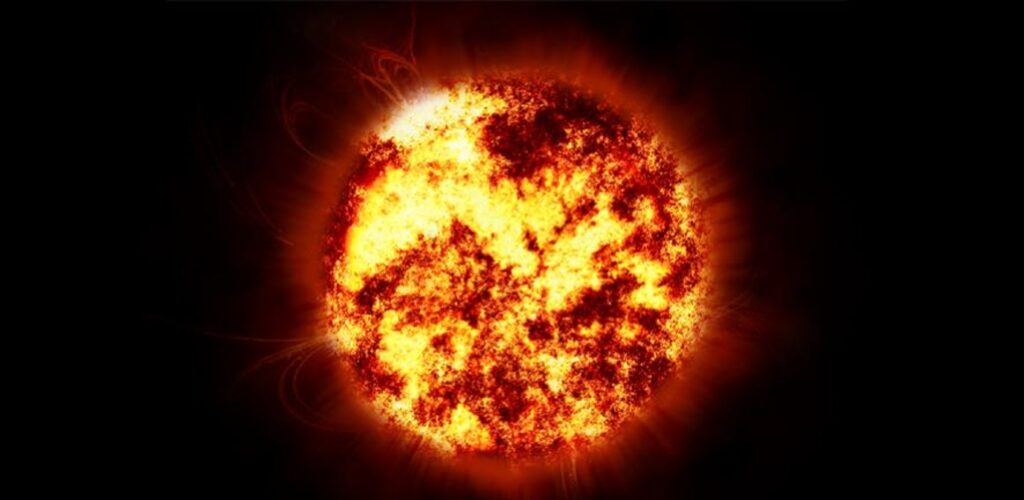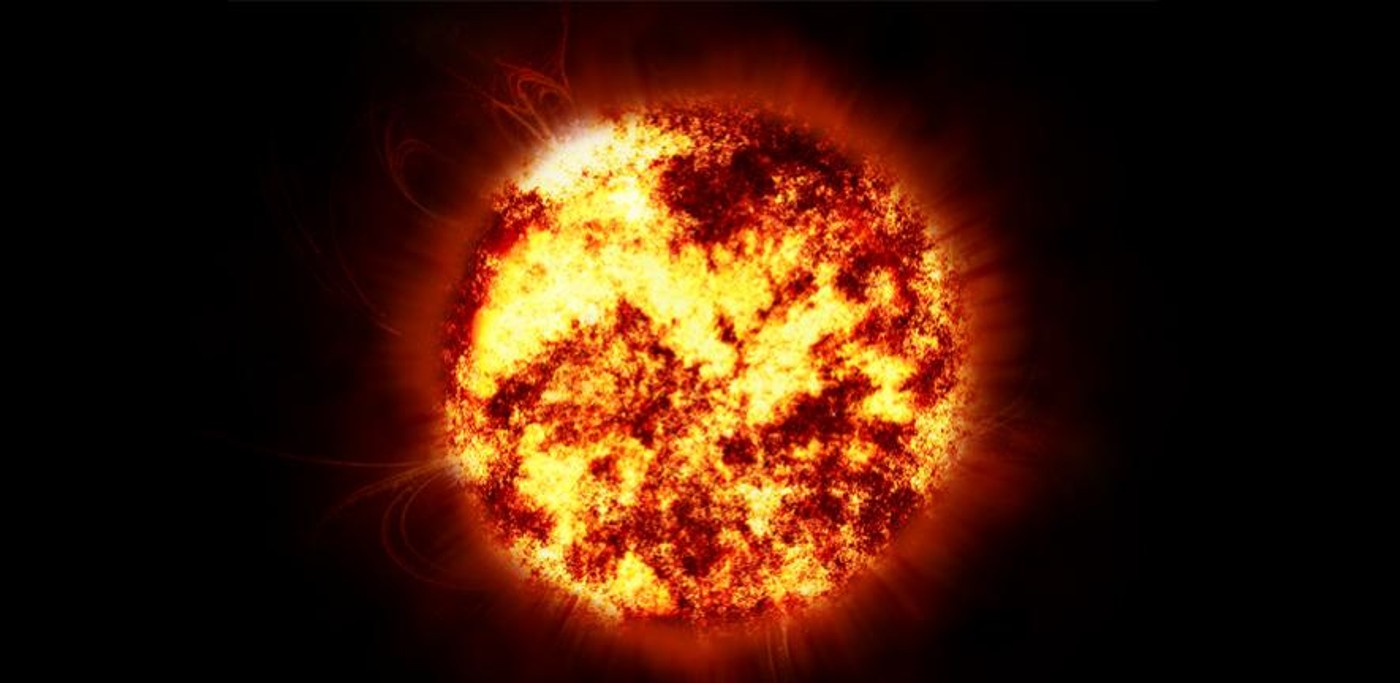Three years after launching, and decades after its inception, the Parker Solar Probe passed into the solar atmosphere, arriving closer than any craft ever before to the surface of the Sun.

While claims that the probe “touched the sun” are a bit misleading, the reality is that entering the Sun’s atmosphere is a truly remarkable achievement, and almost immediately provided data on solar magnetism and solar winds which we could never have collected from Earth.
Back on the 28th of April, Parker passed what is known as the Alfvén critical boundary. The sun has no actual surface, but the roiling material inside is kept in check by a magnetic field and gravity—but heat and pressure can push some material further.
It is at this moment that the ejected material is classified as the “solar wind”: highly energetic solar material that leaves the Sun in a zig-zag pattern, and moves so fast that it passes the boundary and arrives at Earth in the form of radiation.
Scientists had no idea where the Alfvén critical boundary was, and as the Parker Solar Probe continued to orbit the Sun, it’s eighth revolution saw it pass a point of around 8.1 million miles from the surface where the magnetic and particle data changed, informing scientists it had passed through the boundary and was within the Sun’s atmosphere, also known as the corona.
RELATED: Chinese Rover Spots Weird, Large ‘Cube’ on the Moon
What we learned
“We were fully expecting that, sooner or later, we would encounter the corona for at least a short duration of time,” said Justin Kasper, lead author on a new paper about the milestone published in Physical Review Letters.
After the initial entry, Parker passed in and out of the boundary several times, proving that rather than a smooth sphere, it’s wrinkled and bent according to pressures coming off of the Sun itself. Understanding how events on the surface impact this boundary can help scientists better understand the solar wind and how it affects the solar system.
A particular moment in orbit brought Parker to within 6.5 million miles from the surface, where it captured images of a pseudostreamer, massive columnar structures that rise above the Sun’s surface, and which make up the dramatic tentacle shapes coming off the Sun seen during a total solar eclipse.
Strangely, the pseudostreamer was like a storm system, in that the edges were extremely active, but in the center, conditions quieted.
At this point it bears mentioning that in order to avoid being melted from the intense heat thus far left out of the discussion, Parker has to travel at 320,000 miles per hour, which makes it the fastest thing build by humans. Its heat shield, behind which the instruments are protected, staves off heat up to 2,500°F (1,400°C).
CHECK OUT: A Mathematician Just Made a Musical Album Entirely Composed of Black Hole Wavelengths – Listen
In 2019 when Parker first entered the edge of the Alfvén critical boundary environment, it discovered the origin of the zig-zag pattern of the solar wind. On its 6th orbiting of the Sun, collected data showed the zig-zags, known as switchbacks, occurring in patches and have a higher percentage of helium—known to come from the surface of the sun, the photosphere.
The switchbacks’ origins were further narrowed when the scientists found the patches aligned with magnetic funnels that emerge from the photosphere called supergranules. These supergranules could be the genesis of the solar wind altogether. A fascinating discovery.
LOOK: This is What it Looks Like When a Black Hole Snacks on a Star
Over the next few years, Parker will continually dart in and out of the corona taking readings, and one point will see it reach 3.8 million miles from the surface.
“I’m excited to see what Parker finds as it repeatedly passes through the corona in the years to come,” said Nicola Fox, division director for the Heliophysics Division at NASA Headquarters. “The opportunity for new discoveries is boundless.”
SEND This Breakthrough From Space to Science Fans on Social Media…





















The sun is a fusion reactor that could easily melt everything on earth. So why would anyone want to build an extremely dangerous fusion reactor on earth that could destroy every living plant, animal and human? “We thought we could control it…” are not the last word we want to hear from the insane. An ounce of prevention is better than an “Oops, we made a big mistake!”